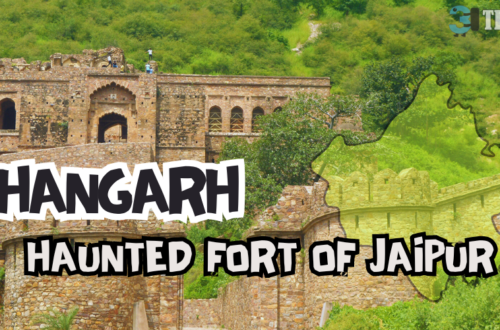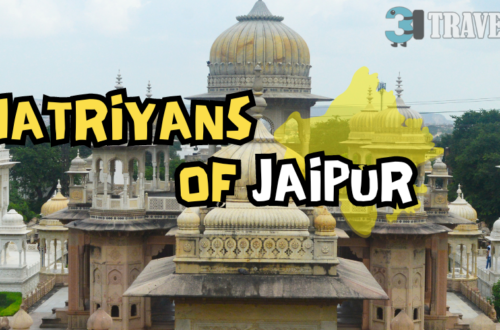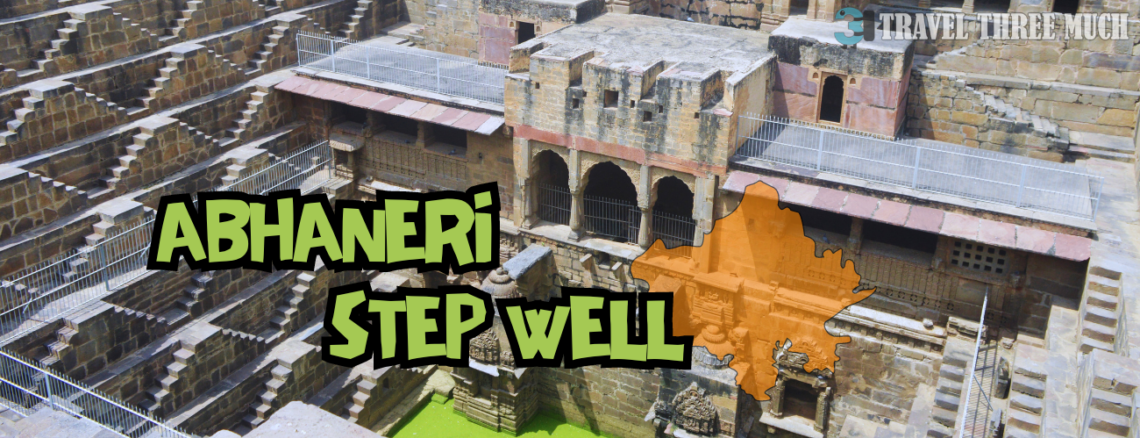
Chand Baori, Stepwell of Abhaneri
Abhaneri is about 90 km from Jaipur. It houses one of the oldest and largest step wells in India – the Chand Baori or Chand Bawri.
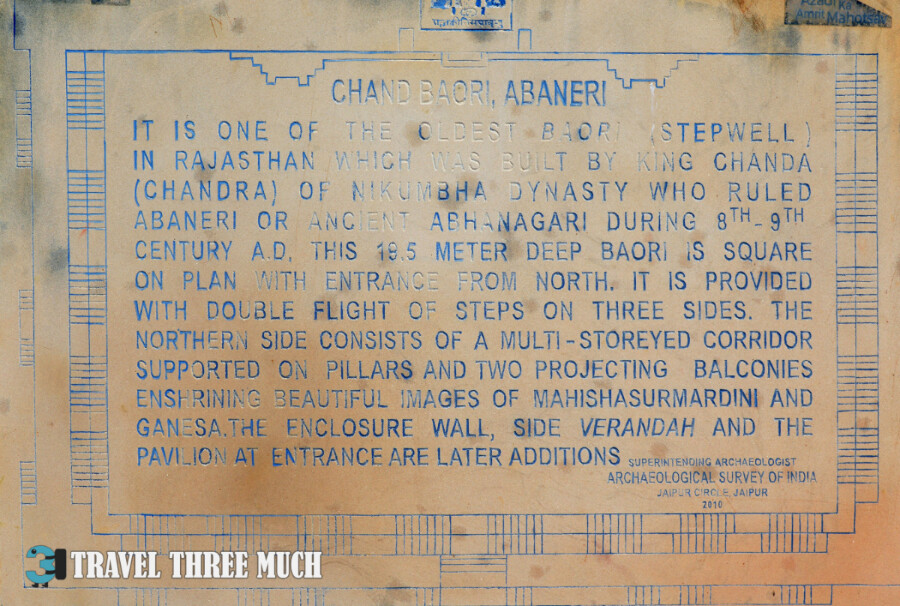
 Plan your trip
Plan your trip
- Known as: Chand Baori/Bawri
- Construction date: 8th to 9th century CE
- Timings: 8:00 AM to 6:00 PM, open on all days
- Entry fee per person: INR 20 for Indian citizens and INR 250 for non-Indian citizens
- Getting there: Cab (90 km from Jaipur)
- Note:
- You can book tickets online here for Chand Baori (Jaipur Circle) up to a week in advance.
- There are a few places nearby that sell only water and not much else to eat.
- If you plan to stop here for lunch, bring your food and snacks.
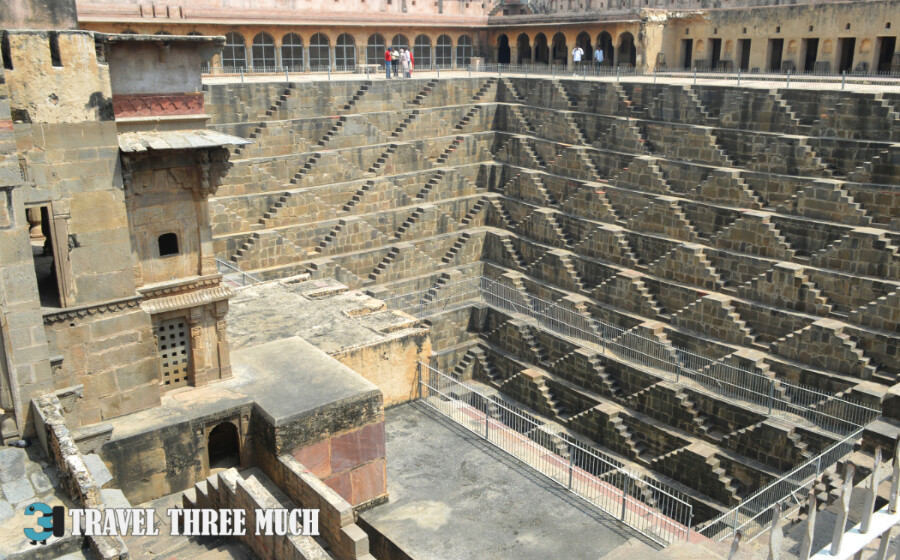
Origins of the Abhaneri step well
The Chand Baori or Chand Bawri, as it is spelt sometimes, is one of the largest and oldest step wells in India. A ‘baori’ or ‘bawri’ in the local language is a well from which water can be drawn. Dating back to the 8th-9th century CE, the step well’s construction features and carving styles suggest this period, though no inscriptions confirm it. The name Chand is ascribed to a local ruler of the Nikumbh dynasty called Raja Chanda.
The step well and the adjoining temple of Harshad Mata are said to have been damaged in Mahmud of Ghazni’s repeated invasions of India. Due to the arid nature of the well’s location, it was built in the shape of an inverted pyramid to conserve as much water as possible. The 30 m (100 ft) deep well has 3500 steps over 13 stories extending under the ground level. This architectural marvel likely served religious ceremonies, community gatherings, and as a cool refuge for royalty during the scorching Rajasthan summers.
See our complete Jaipur Itinerary here.

The Architecture
We entered the well’s first level through a deceptively small entrance, which then opened out into an arcade surrounding the well. Once in the arcade, we saw a palace-like structure that extended for about five or six stories into the well, probably used by the royals as a summer retreat. The next six or so stories that were visible had a pavilion and a couple of terraced temple-like structures that point to probable ceremonial uses of the well as well.
The arcade had a collection of different architectural elements such as pillar fragments, joineries of pillars to beams, pillar bases, bas relief fragments and other assorted decorative sculptures. These appear to be from the surrounding areas of Abhaneri and in some cases, places farther away. Many of these fragments are believed to date back to the time of Mahmud of Ghazni’s annual raids on India.
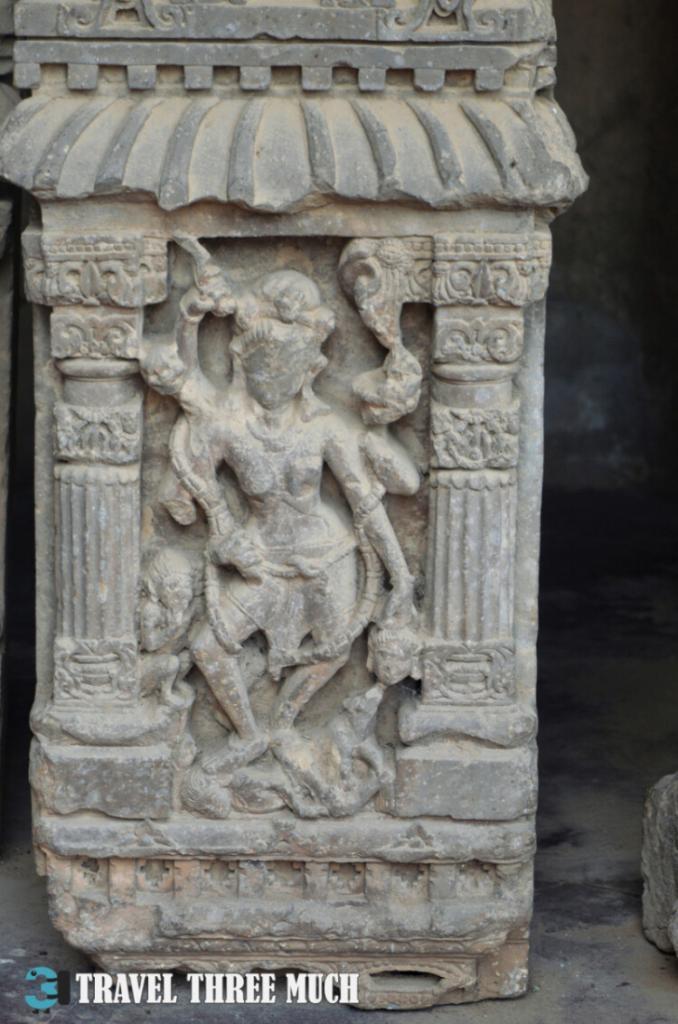
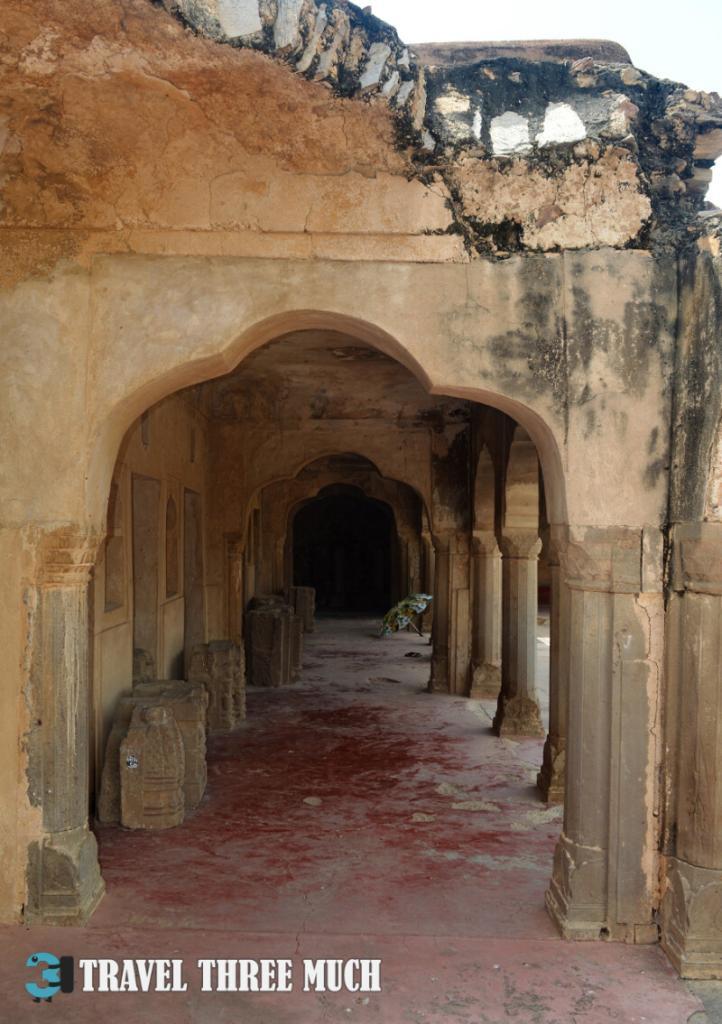

Inside the well itself, the northern wall featured two niche-like structures. One contained an image of Ganesh, the elephant-headed son of Shiva, while the other displayed Mahishasuramardini, a fierce form of Parvati who vanquished the buffalo-headed demon Mahisha. There were exquisite jaalis in the royal pavilion area of the stepped well.
Some Musings
As we made our way back, a guide lamented the lack of visitors to this magnificent monument compared to Rajasthan’s more popular attractions. Despite its appearances in Indian films and its inspiration for Hollywood set designs, Chand Baori remains relatively obscure, a hidden gem in the middle of nowhere.
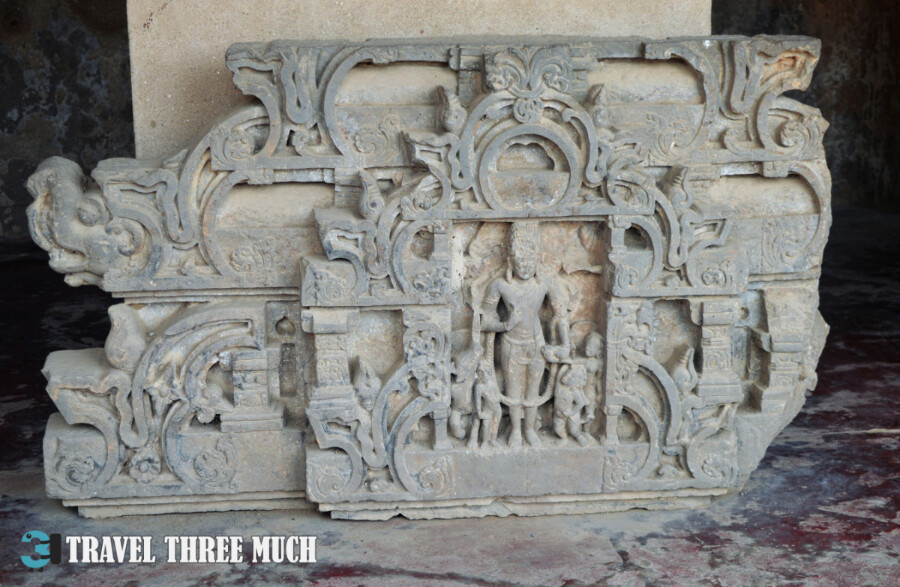
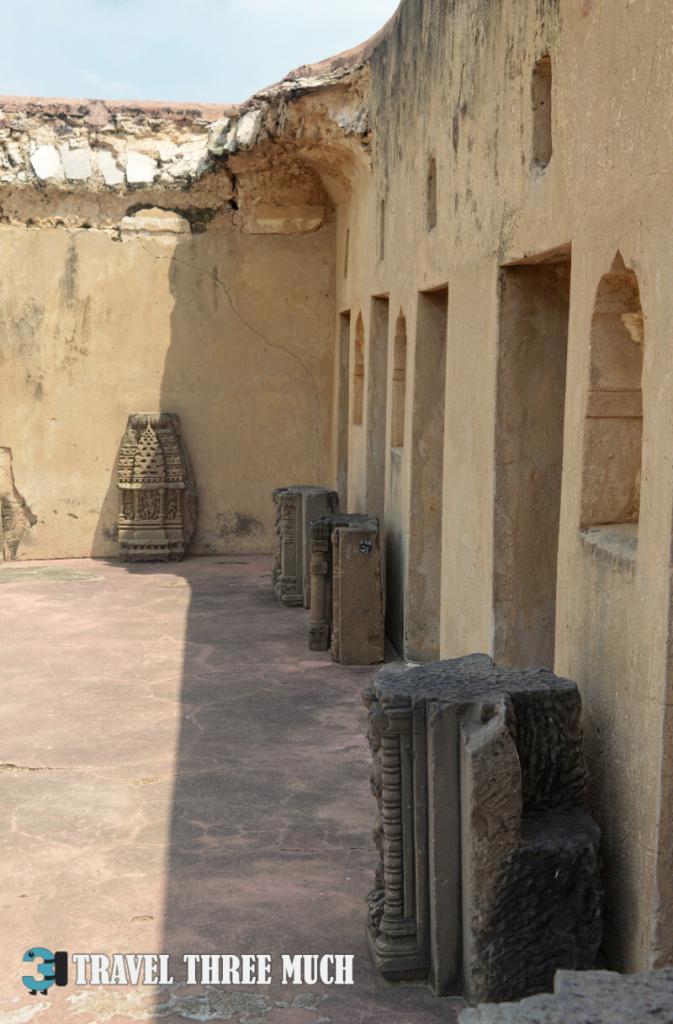
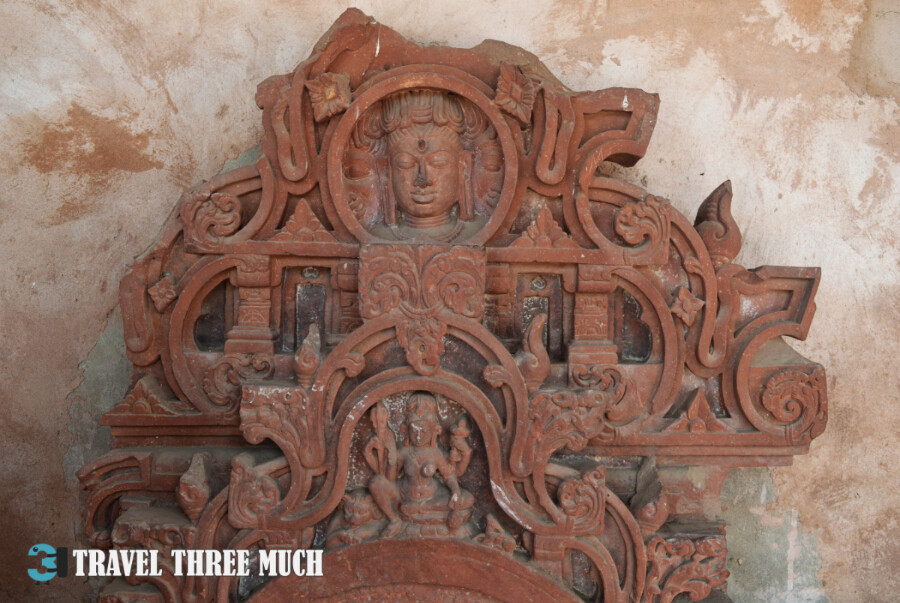
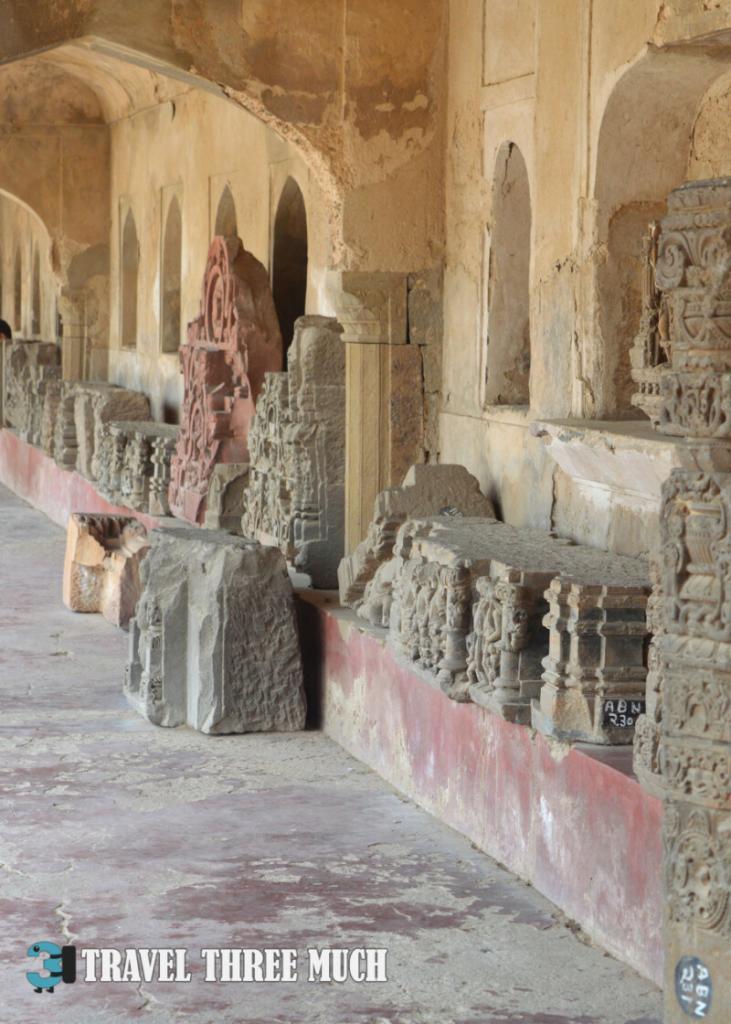

The distance from Jaipur and the absence of other popular sites nearby likely contribute to the low visitor numbers. However, a breathtaking sight awaits those who venture to the well when it’s about half full.



